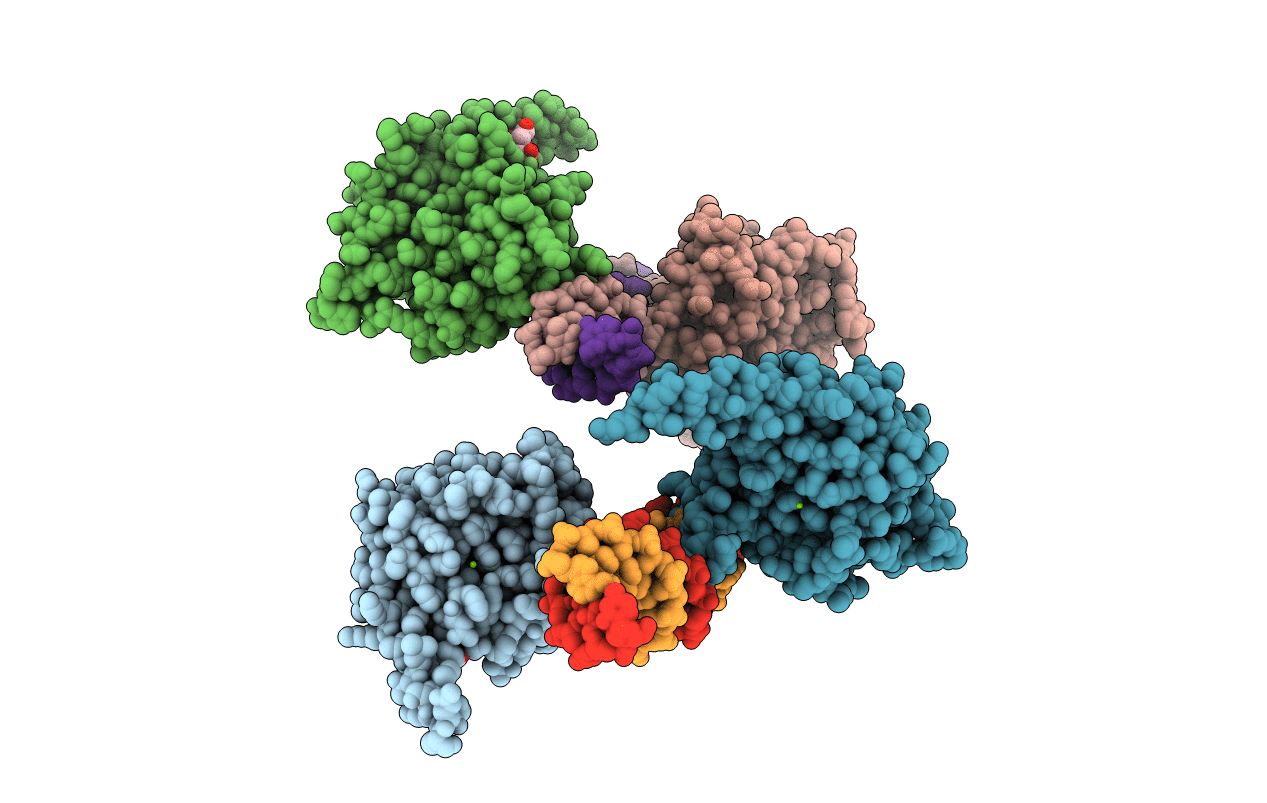
Deposition Date
2015-06-10
Release Date
2015-09-23
Last Version Date
2023-09-27
Entry Detail
Biological Source:
Source Organism:
Adeno-associated virus 2 (Taxon ID: 648242)
Homo sapiens (Taxon ID: 9606)
Homo sapiens (Taxon ID: 9606)
Host Organism:
Method Details:
Experimental Method:
Resolution:
2.50 Å
R-Value Free:
0.22
R-Value Work:
0.18
R-Value Observed:
0.19
Space Group:
C 1 2 1


